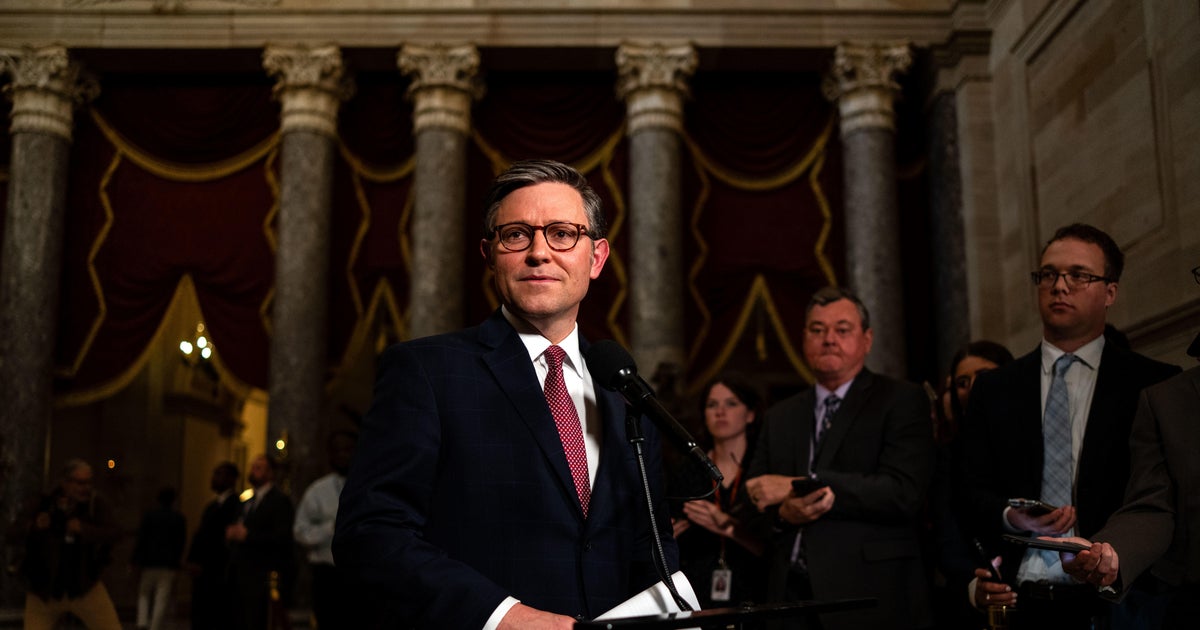Why Trump's executive order on climate change won't help coal miners
When President Donald Trump on Tuesday signed an order unraveling Obama-era environmental regulations, he was flanked by coal miners who had gathered at the Environmental Protection Agency in Washington for the announcement. “You’re going back to work,” he told them.
Not so fast. The gains for coal, if any, from rolling back the rules are likely to be limited. But cheaper and cleaner natural gas will come out ahead. Economic trends, especially in the power generation industry, show that natural gas has a better future than does coal, whose dominance on the energy scene has waned. Natural gas now is the leader.
The stock market reflected that in Wednesday trading, judging from the performance of coal and natural gas exchange-traded funds. The Van Eck Vectors Coal ETF (KOL) was up 1.2 percent as of midday and has risen a modest 3 percent since Election Day. But the United States Natural Gas ETF (UNG) was up 2.3 percent Wednesday and has increased 9 percent since the election.
Mr. Trump wants to end what he called the Obama administration’s “war on coal,” a series of regulations that he contends have killed jobs. Yet a dispassionate economic analysis shows that natural gas is coal’s biggest enemy, not regulations.
The president’s executive order would make oil and gas production and transportation easier. For instance, it would make pipeline permits less hard to obtain. And oil and gas drillers need no longer be worried about flaring off excess gas, which climate advocates say releases planet-warming substances into the air.
The heart of the Trump order, though, is to stay former President Barack Obama’s Clean Power Plan, which sought to close hundreds of coal-fired power plants, banned any new ones, and mandated replacing them with solar and wind sources. The Obama regs also blocked new coal mining leases on federal lands.
The U.S. Supreme Court has temporarily frozen much of the Obama plan, so Mr. Trump’s order reinforces that. Nevertheless, undoing the Obama rules will take time -- possibly years -- as the Trump administration has to rewrite them and defend them in court. Some aspects of Mr. Trump’s order, however, like overturning the coal mining moratorium on federal lands, can take effect quickly, according to an analysis by the Brookings Institution.
Here is why the president’s order is unlikely to revive the coal industry.
The power industry prefers natural gas. Gas eclipsed coal as the biggest U.S. electrical power source last year -- with 33 percent market share compared to 32 percent -- the U.S. Energy Information Administration (EIA) indicates. In 1986, coal had a 58 percent share, versus 10 percent for gas. The abundance of gas means that the power industry will expand gas capacity by 8 percent over the next two years, the EIA says.
To meet federal emissions standards, the public utility industry has been switching to gas for years. Gas emits half as much global-warming-inducing carbon dioxide as coal does. A new generating plant has a 40-year life, in general. So if a power company wants to construct a new coal-fired facility, it is gambling that future federal policy won’t swing back in Mr. Obama’s direction, making it shutter the plant early.
On top of that, the electricity generating sector, which makes up 39 percent of U.S. energy use, is public-relations conscious. Pension plans and university endowments have pushed them for cleaner energy, and polls support it. Leo Denault, the chief executive of Entergy (ETR), a major power producer, told The New York Times that Mr. Trump’s regulatory rollback “does not change our commitment to being environmentally responsible.” Entergy has been reducing its carbon output since the early 2000s.
The economics are against coal. Cost is another factor. Due to the shale gas revolution and superior extraction technology, gas is far cheaper to produce than coal. In 2016, gas used in utility plants cost about 16 per megawatt hour versus $22 for coal.
“Coal jobs aren’t coming back, due to market forces, not due to regulation,” said James Van Nostrand, director of the Center for Energy and Sustainable Development at West Virginia University College of Law. “Natural gas is cheaper and more plentiful.”
The advent of hydraulic fracturing, or “fracking,” has greatly boosted gas and oil supplies, while making the U.S. largely energy independent. Fracking involves blasting shale rock formations with highly pressurized liquids, which forces out gas and oil. Plus, a new technique called horizontal drilling allows for easier access to one-time, hard-to-get gas deposits. At the same time, there have been no major advances in coal mining methods since the 1940s.
Many states and other federal laws still push for cleaner energy. By the end of 2016, 29 states had enacted their own rules requiring the replacing of fossil fuel as a source for generating electricity. In addition, there are federal tax credits that support wind and solar power generation. Enacted during the Obama era, these have several years to run -- and the backing of Republican lawmakers in Congress, even from red states like Texas, which has a lot of wind farms.
Meanwhile, the nation had 66,000 coal miners in 2015, Brookings points out. That’s less than half the peak number decades ago. By comparison, 2 million people work in renewable energy, a workforce that is growing. But coal mining is concentrated in a few states, like West Virginia and Wyoming, and they are a potent voting force.



